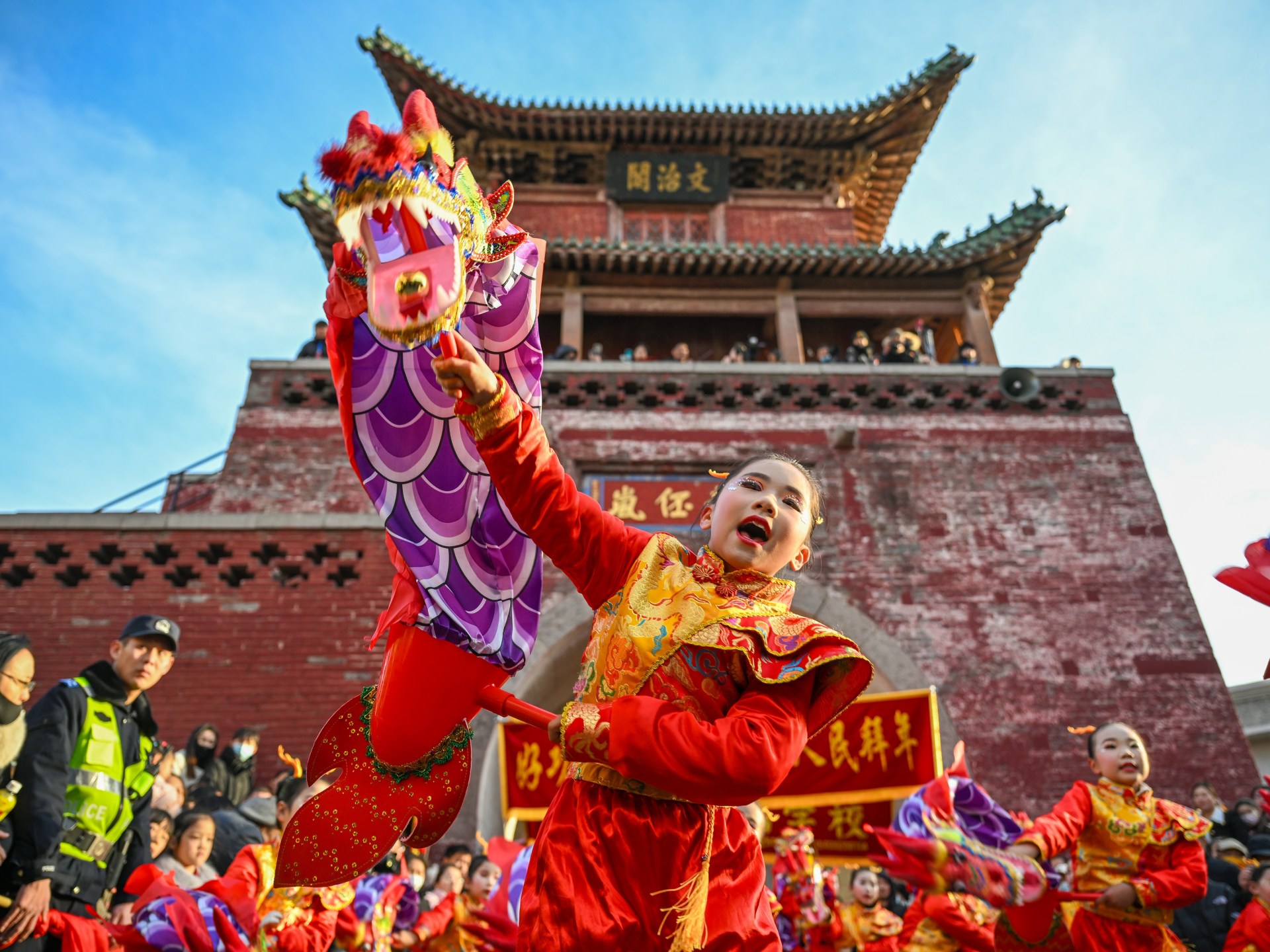Africa
From Zhōngguó to Magyarország on Int’l Mother Language Day

Celebrating Linguistic Diversity: From Zhōngguó to Magyarország on International Mother Language Day
International Mother Language Day, observed annually on February 21st, is a global celebration of linguistic diversity and cultural heritage. It serves as a reminder of the importance of preserving and promoting mother languages, which are the cornerstone of identity, culture, and communication. This day is particularly significant for nations like China and Hungary, where language plays a vital role in defining national identity and fostering cultural continuity. The journey from Zhōngguó (China) to Magyarország (Hungary) on this day highlights the shared commitment to celebrating linguistic richness and the unique ways in which these nations honor their mother tongues.
China: A Nation of Diverse Voices
China, a country with a rich history spanning over 5,000 years, is home to a staggering array of languages and dialects. While Mandarin (Putonghua) is the official language and the most widely spoken, China recognizes 56 ethnic groups, each with its own distinct language. Languages like Cantonese, Wu, and Min are just a few examples of the diverse linguistic tapestry that exists within the country. On International Mother Language Day, China takes pride in celebrating this diversity by organizing cultural events, language festivals, and educational programs that highlight the importance of linguistic preservation. The Chinese government has also implemented policies to protect endangered languages, ensuring that the voices of all ethnic groups are heard and valued.
Hungary: A Nation United by Language
Hungary, a nation with a unique linguistic identity, is home to the Magyar language, which belongs to the Finno-Ugric language family. Unlike most European languages, which are part of the Indo-European family, Hungarian is distinct and has no close relatives in the region. This linguistic uniqueness is a source of national pride for Hungarians, who view their language as a symbol of their identity and history. On International Mother Language Day, Hungary celebrates the resilience and richness of the Magyar language through literary readings, cultural performances, and educational initiatives. The day also serves as an opportunity to promote language education and encourage the younger generation to embrace their linguistic heritage.
Bridging Cultures: The Universal Language of Heritage
While China and Hungary may seem worlds apart in terms of geography and language, they share a common thread in their commitment to preserving linguistic heritage. Both nations understand that language is more than just a means of communication; it is a vehicle for history, culture, and identity. On International Mother Language Day, these countries bridge cultural gaps by sharing their stories, traditions, and linguistic practices with the world. Through international collaborations, cultural exchanges, and educational programs, China and Hungary inspire other nations to embrace linguistic diversity and work towards a future where all mother languages are valued and protected.
The Role of Education in Preserving Mother Languages
Education plays a pivotal role in the preservation of mother languages in both China and Hungary. In China, schools place a strong emphasis on teaching regional dialects and minority languages alongside Mandarin, ensuring that students have a deep understanding of their linguistic roots. Similarly, in Hungary, language education is central to the curriculum, with a focus on fostering proficiency in Magyar while also promoting multilingualism. On International Mother Language Day, educational institutions in both countries organize special events and activities to highlight the importance of linguistic diversity. These efforts not only preserve mother languages but also cultivate a sense of pride and belonging among students.
Looking Ahead: A Future Rooted in Linguistic Diversity
As we celebrate International Mother Language Day, it is important to look ahead and consider the challenges and opportunities that lie ahead in preserving linguistic diversity. Globalization, urbanization, and technological advancements have created both opportunities and obstacles for mother languages. While these forces can facilitate the spread of dominant languages, they also provide new platforms for promoting and preserving linguistic diversity. China and Hungary, with their rich linguistic heritage, serve as powerful reminders of the importance of protecting mother languages for future generations. By continuing to celebrate and promote linguistic diversity, these nations inspire the world to embrace the universal language of heritage and identity.
In conclusion, the journey from Zhōngguó to Magyarország on International Mother Language Day is a testament to the power of language to unite, inspire, and preserve cultural identity. Whether through the diverse voices of China or the unique linguistic heritage of Hungary, this day reminds us of the importance of celebrating and protecting our mother languages. As we move forward in an increasingly interconnected world, let us continue to cherish linguistic diversity and ensure that every voice is heard and valued.